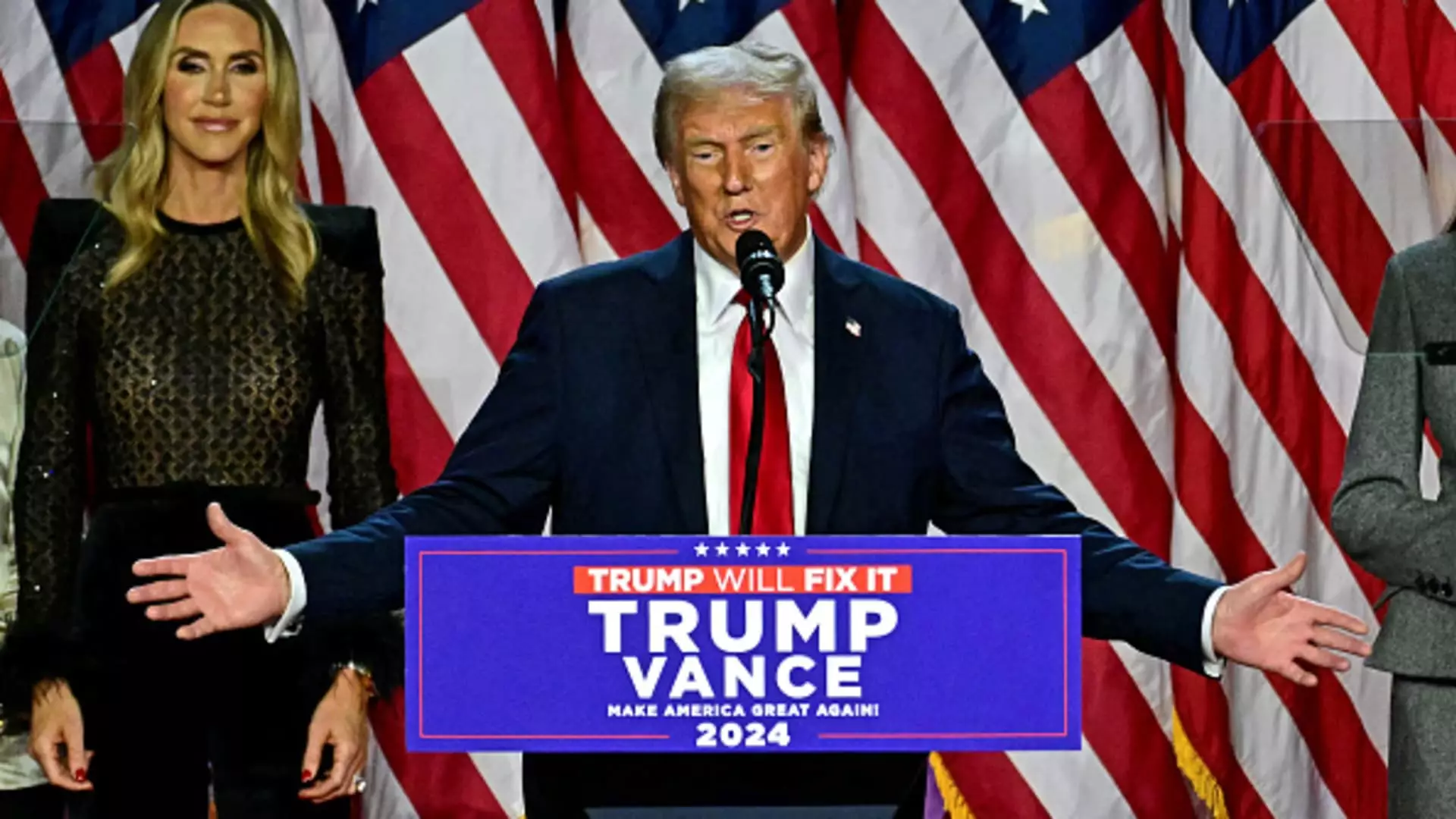The recent election of Donald Trump as President has significant implications for the taxation landscape, particularly for high-income earners. Experts suggest that under a Trump administration, the likelihood of increased taxes on individual investments is minimal, especially for those in the upper-income brackets. During her campaign, Vice President Kamala Harris proposed substantial reforms, including raising long-term capital gains taxes from 20% to 28% for individuals earning over one million dollars annually. These proposals contrast sharply with President Joe Biden’s budget request for the fiscal year 2025, which sought to elevate these taxes even further, suggesting a rate of 39.6% for the same demographic.
The disparity in these proposals highlights a pivotal moment in U.S. tax policy, as they illustrate the ideological divide between Democratic and Republican approaches to taxation, specifically regarding wealth accumulation and income distribution.
Given the Republicans’ resurgence in Congress, including their control of the Senate and a narrow hold on the House, experts have noted that changes to capital gains tax rates are unlikely. Erica York, a senior economist at the Tax Foundation, provides insight into this scenario, asserting that the current taxation framework for capital gains is likely to remain unchanged amid a Trump presidency.
The existing capital gains tax rates, which for 2024 extend to 0%, 15%, or 20%, depend on an individual’s taxable income, will likely persist. This stability may provide a sense of security for high earners, particularly those who rely on investments as a significant portion of their income.
As it stands, investors benefit from long-term capital gains tax rates, which are tailored based on how long an asset is held. Assets not meeting the one-year threshold are subjected to ordinary income tax rates. Notably, high-income earners also face the net investment income tax (NIIT), levying an additional 3.8% on their earnings derived from capital gains, interest, and dividends once they exceed defined modified adjusted gross income (MAGI) thresholds. For single filers, this threshold is set at $200,000, while married couples filing jointly face a limit of $250,000.
The potential for tax reform, particularly the repeal of the NIIT under Republican governance, remains a contentious topic. Experts like Howard Gleckman from the Urban-Brookings Tax Policy Center warn against such changes, indicating that eliminating the NIIT could substantially increase the federal budget deficit, which is projected to surpass $1.8 trillion for fiscal 2024.
The current political landscape suggests a period of relative stagnation concerning capital gains taxation for high-income earners, with the outlook heavily influenced by Republican policies and governance. As various proposals circulate, the political dynamics and economic implications will significantly affect taxes related to investments. Ultimately, the conclusion remains that under Trump’s presidency, higher tax rates on capital gains are unlikely, paving the way for favorable conditions for wealthy individuals in the near future. Moving forward, investors and policymakers alike must remain vigilant about the evolving federal budget and its implications for tax legislation.

